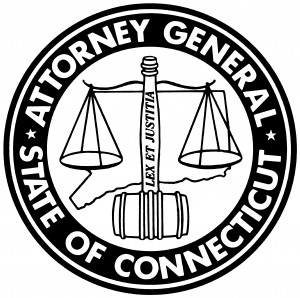What are the connections between urban youth and nutrition? Does the lack of easy access to high quality, nutritional food and the abundance of less healthy food sources impact the health and well-being of people in our cities – especially children – and contribute to chronic health problems such as cardiovascular disease, diabetes and asthma?
The Hartford-based Institute for Community Research (ICR) is launching an innovative research project to find out – with area teens learning how to conduct the research, then asking the questions and compiling the data, and then coming forward to advocate solutions based on their research.
“Food Fight! A Teen Participatory Action Research Project to promote an Equitable Food System,” is a collaboration with Hartford Food System (HFS) and ICR. The project is the first of its kind in New England to involve youth in Participatory Action Research (PAR) for food justice. It will increase teens knowledge of the subject, encourage leadership and critical thinking, and provide the tools necessary to identify problems in the community and seek appropriate solutions.
Over five weeks, beginning July 16 and continuing through August 17, about a dozen teens in the ICR program will learn about food justice, global/local food systems, and the challenges of producing and making nutritious inexpensive food available in urban areas. They will develop their own research questions focusing on food availability and accessibility. Using participatory research methodology such as systematic observation, pile sorting, surveying, in-depth interviewing, videography and photography, they will collect data reflecting problems in food availability, accessibility, affordability and quality and develop solutions to address these issues.
The teens trained at ICR in PAR methods will join forces with teens in the HFS summer programs who will be learning how to produce nutritious food for local consumption. A $10,000 grant from The Perrin Family Foundation is funding the food justice project. Food justice seeks to ensure that the benefits and risks of where, what, and how food is grown, produced, transported, distributed, accessed and eaten are shared fairly across society.
As the initiative unfolds, teens will become advocates for food justice in their communities. At the end of the summer they will present their results to other Hartford youth, the public, and policymakers as a way to use the data collected to contribute to positive changes in the Hartford food environment.
The Institute for Community Research is a not-for-profit organization that conducts community-based research to reduce inequities, promote positive changes in public health and education. ICR celebrates it’s 25th anniversary in October. Hartford Food System is a not-for-profit that focuses on fighting hunger and improving nutrition in Hartford’s low income neighborhoods. The Perrin Family Foundation is committed to providing equal opportunities for children and young adults to lead safe, productive and creative lives.
 Connecticut comes in at #12 with 13.2 percent of its residents being foreign-born, just behind Washington State’s 13.3 percent and tied with the District of Columbia.
Connecticut comes in at #12 with 13.2 percent of its residents being foreign-born, just behind Washington State’s 13.3 percent and tied with the District of Columbia.




































